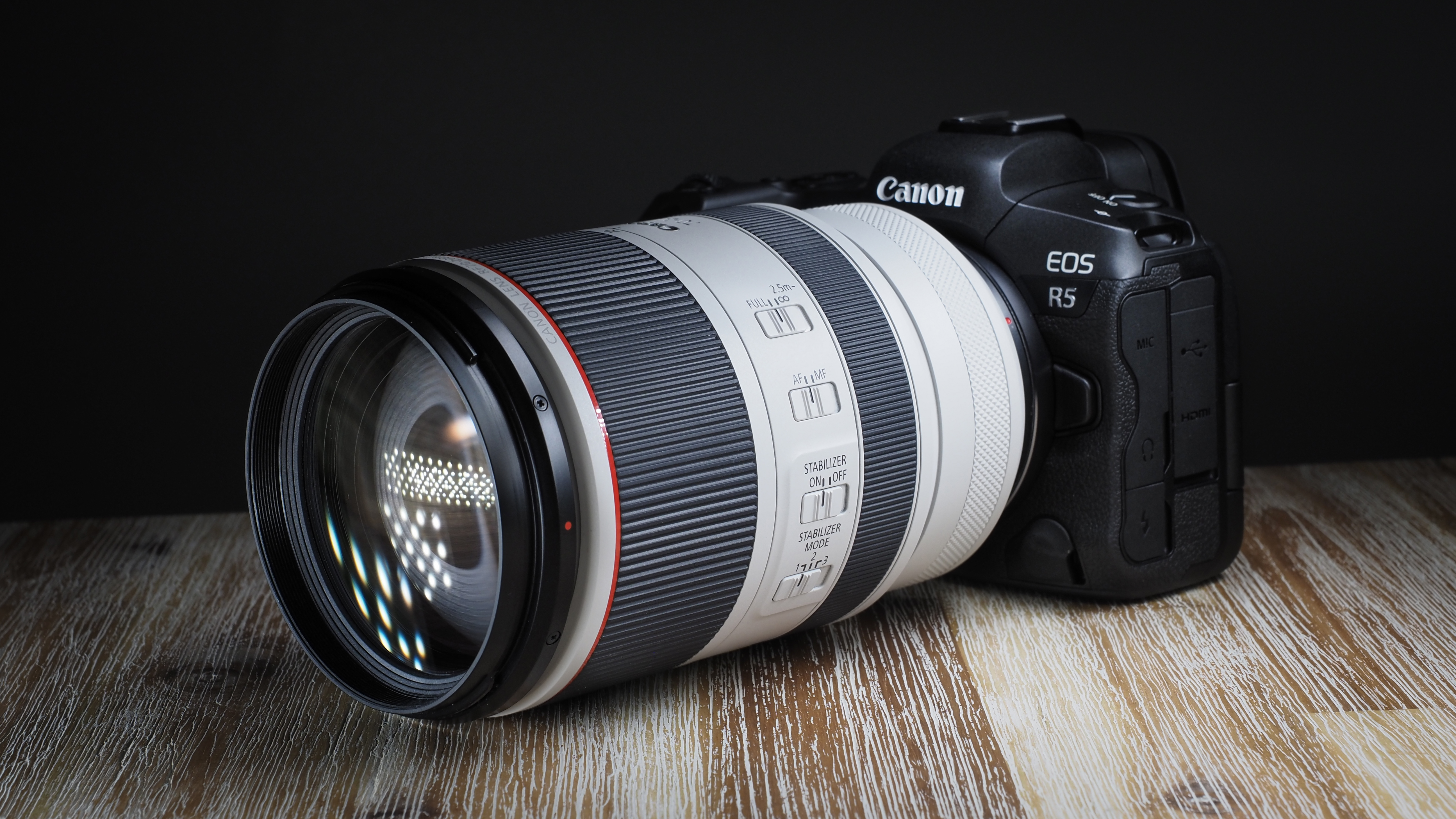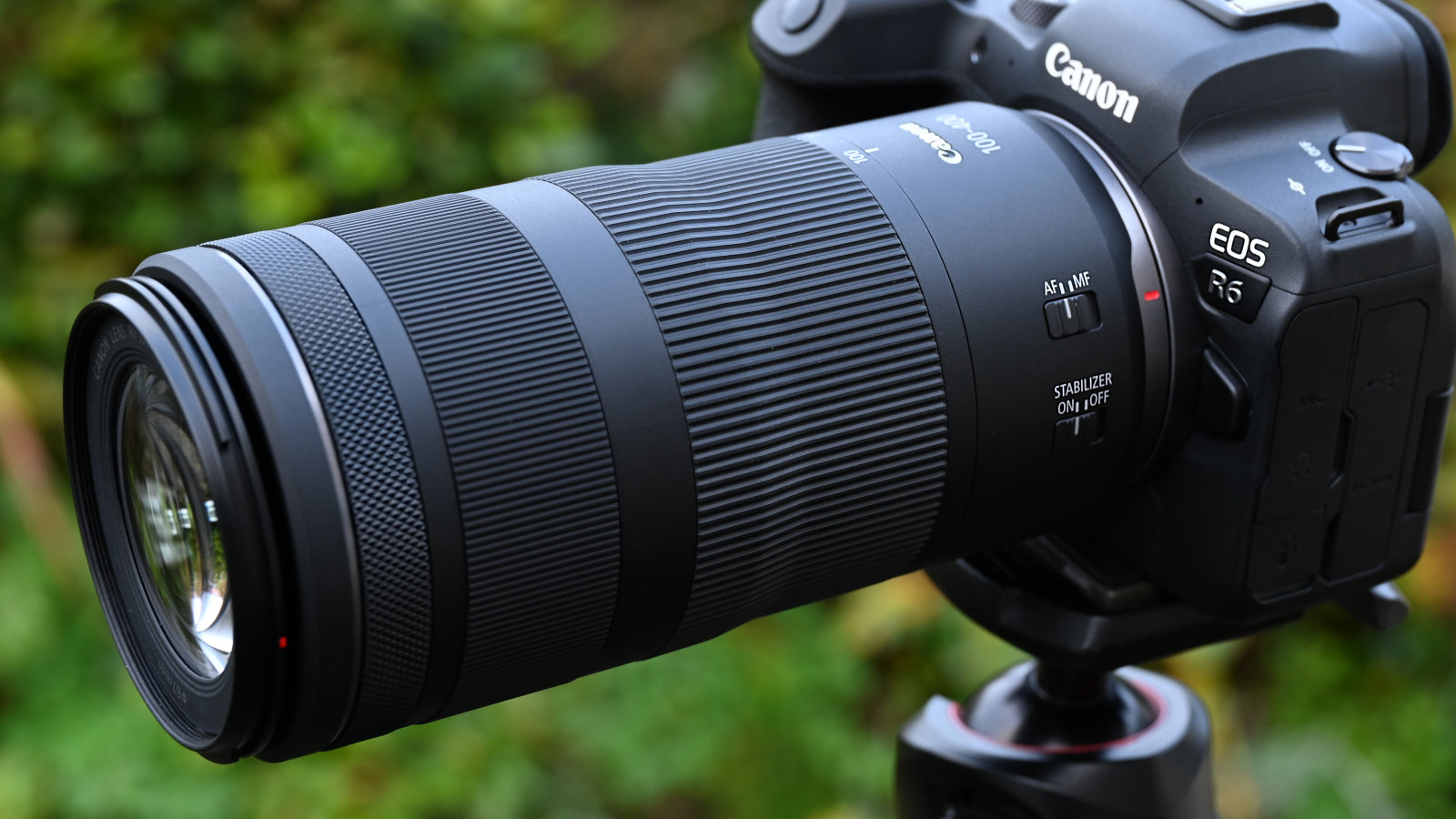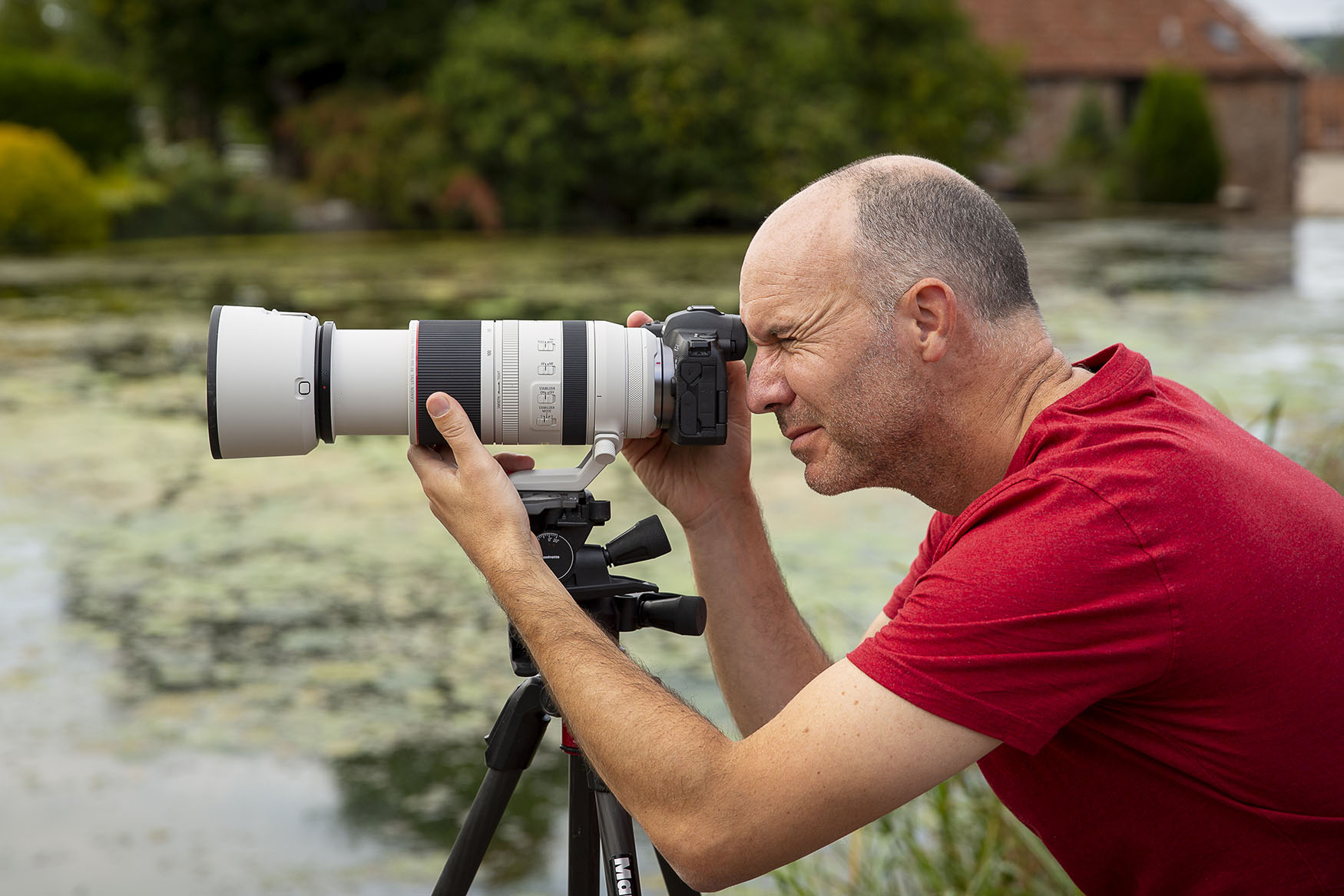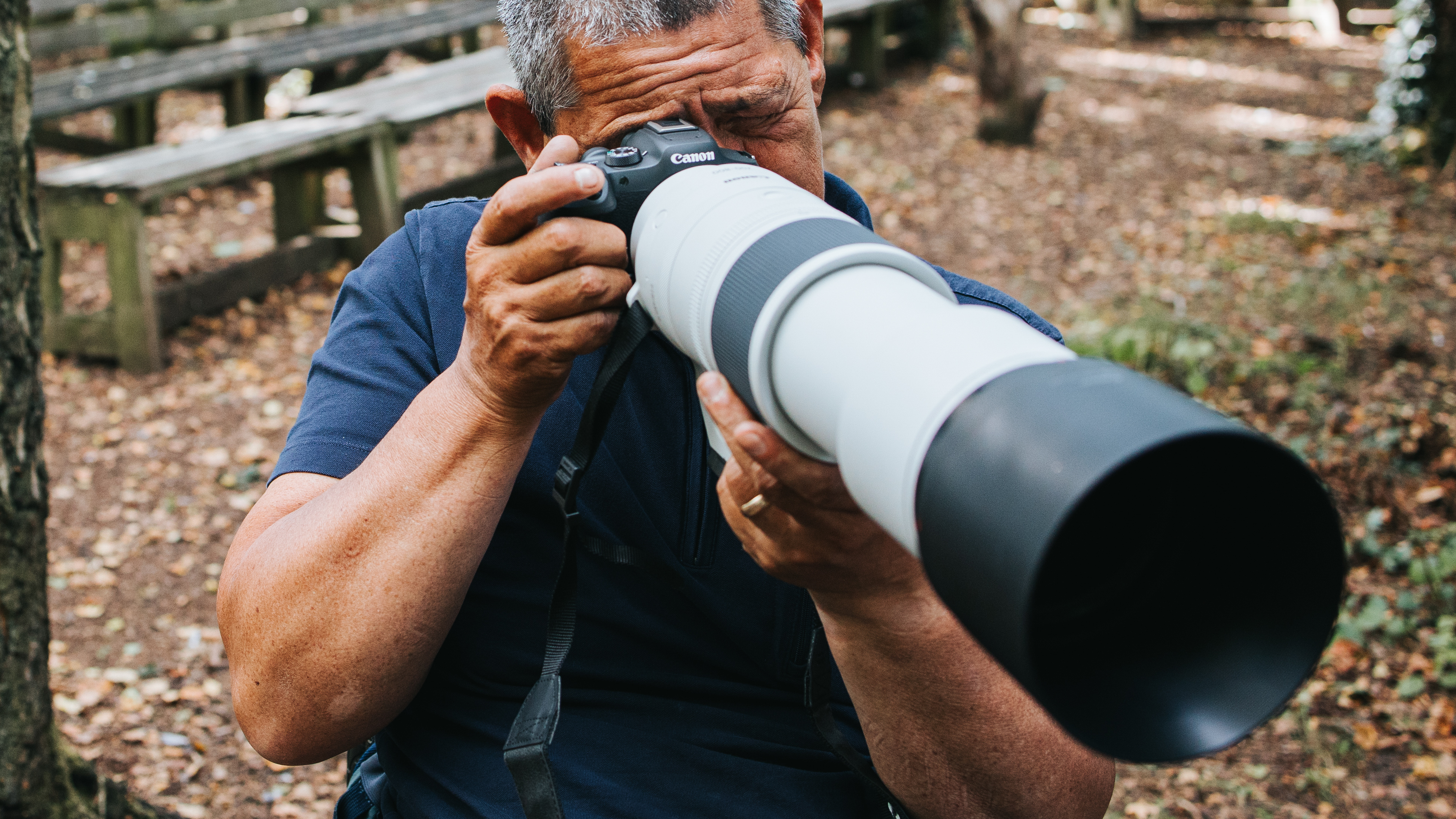The best Canon telephoto lenses: for your DSLR or EOS R series camera in 2025
The best Canon telephoto lenses for EF and RF mounts enable you to get up close to the action even from far away
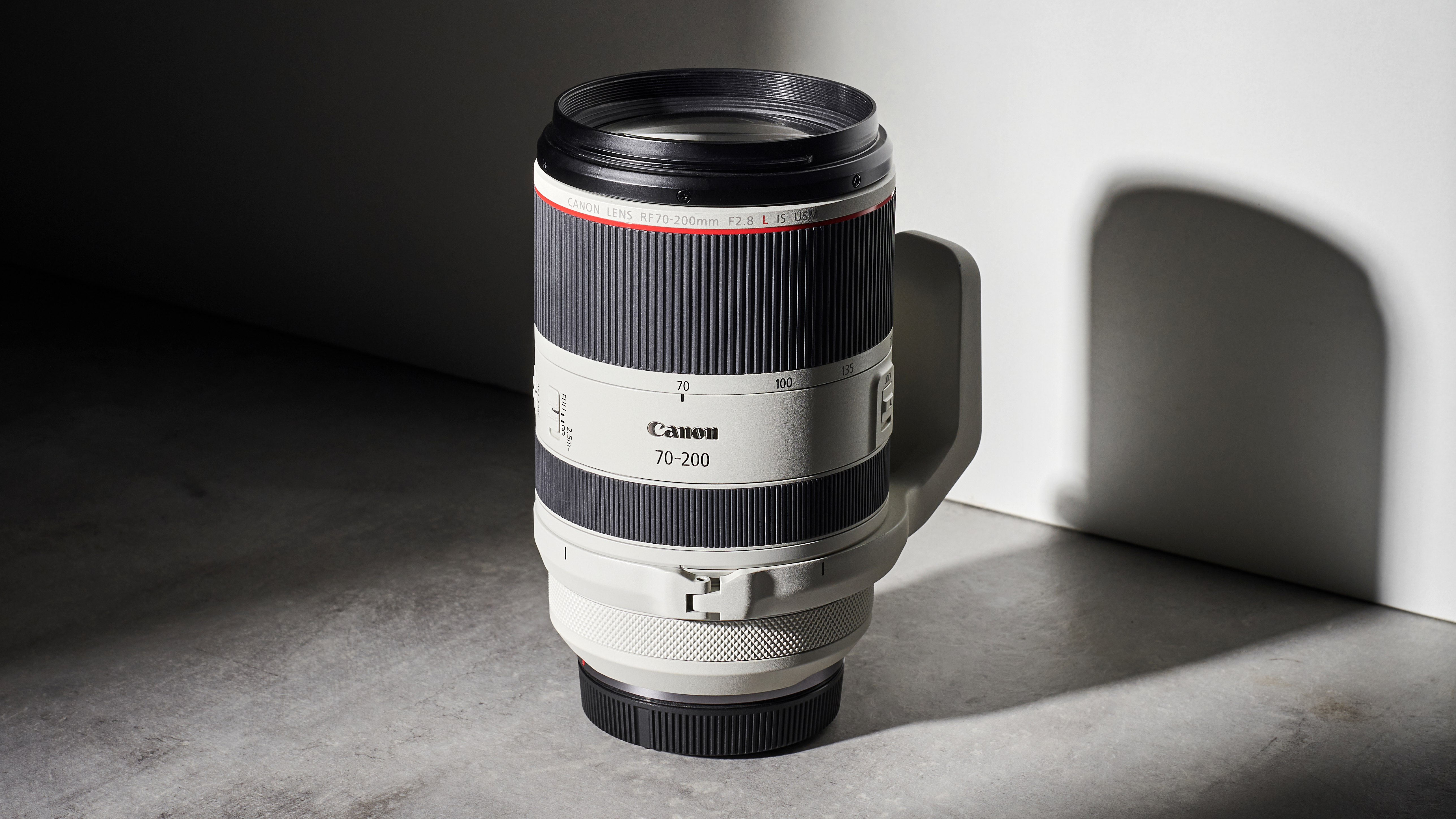
The best Canon telephoto lenses allow you to get close to your subjects, filling the frame to bring out the finest details in as vivid detail as possible. If you're interested in using your Canon camera – mirrorless or DSLR – to shoot subjects like wildlife and sports, then a great telephoto lens is a must. However, they are also useful for other genres like portrait photography, and can even produce great landscapes if used creatively. I've picked out the best for this guide,
All the lenses on this list are ones that have been tested and reviewed by the DCW team – many of them by yours truly! I've split the list up into mirrorless RF lenses for the Canon EOS R system, and a few EF lenses for those sticking with DSLRs (I haven't included EF-M lenses, as Canon is quite clearly letting that system die out).
I've taken performance and price into consideration – I've included plenty of good-value options, and I've restrained myself to just one ultra-expensive pro lens (which I would nevertheless recommend as great lens for day hire). My list is designed to cater to a range of requirements and budgets, and as such it includes relatively small, compact zoom lenses, ultra-powerful super-telephoto lenses, and everything in between.
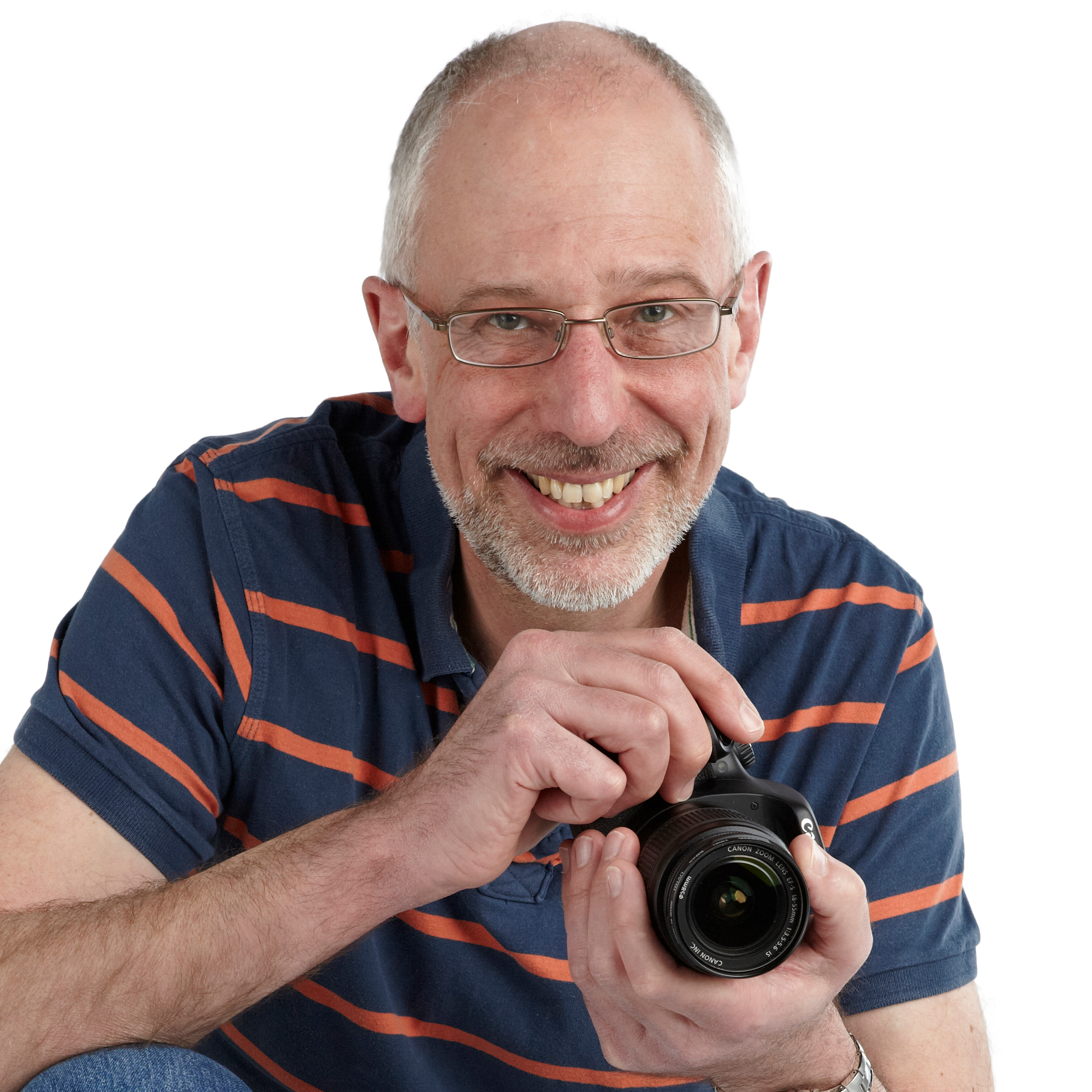
Matthew Richards is a photographer and journalist who has spent years using and reviewing all manner of photo gear. He is Digital Camera World's principal lens reviewer – and has tested more primes and zooms than most people have had hot dinners!
The Quick List
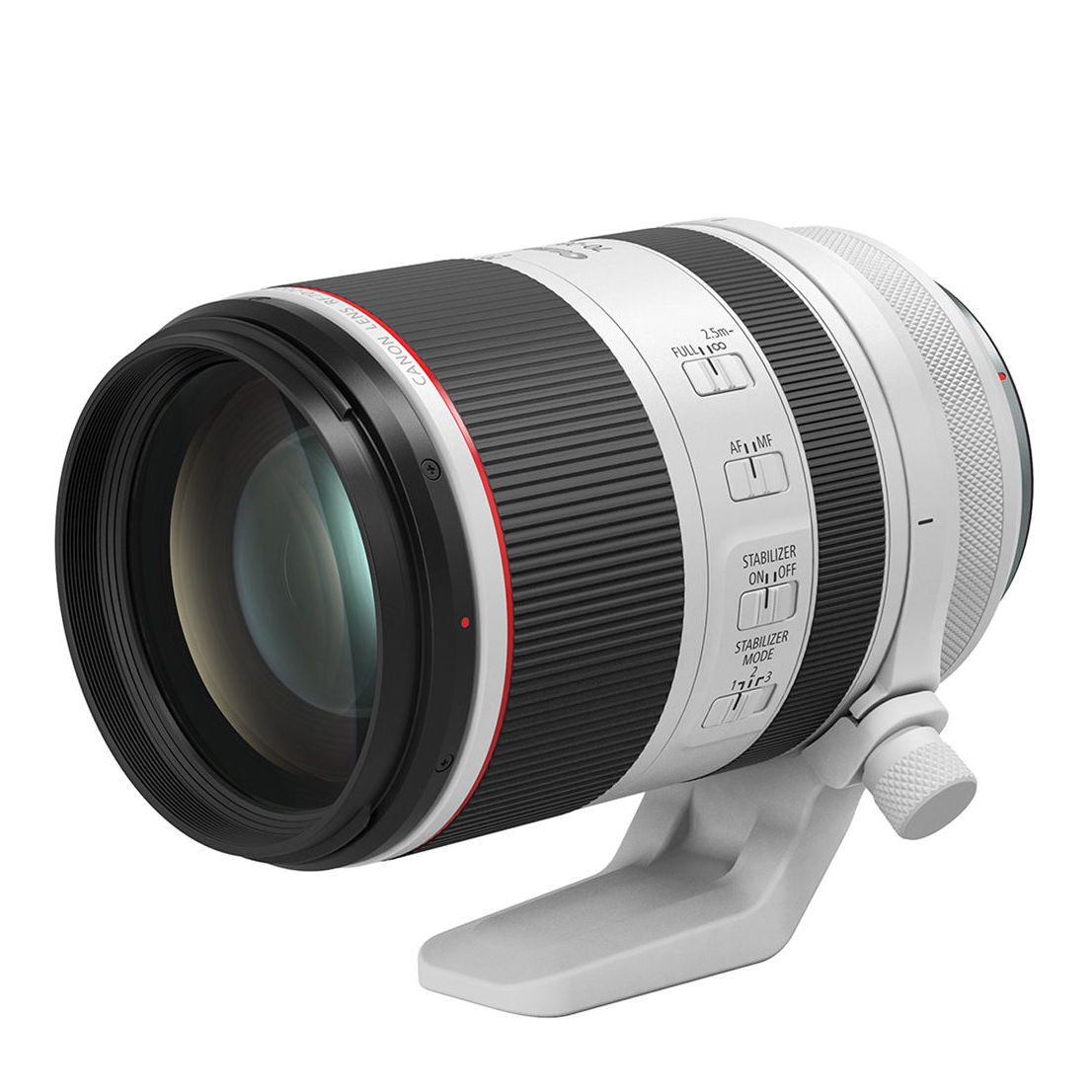
I love the compactness of this constant-aperture 70-200mm zoom for EOS R cameras, with an inner barrel that extends at longer zoom settings. It's expensive, but delivers the kind high-end performance in image quality and focusing demanded by working pro photographers.
Read more below
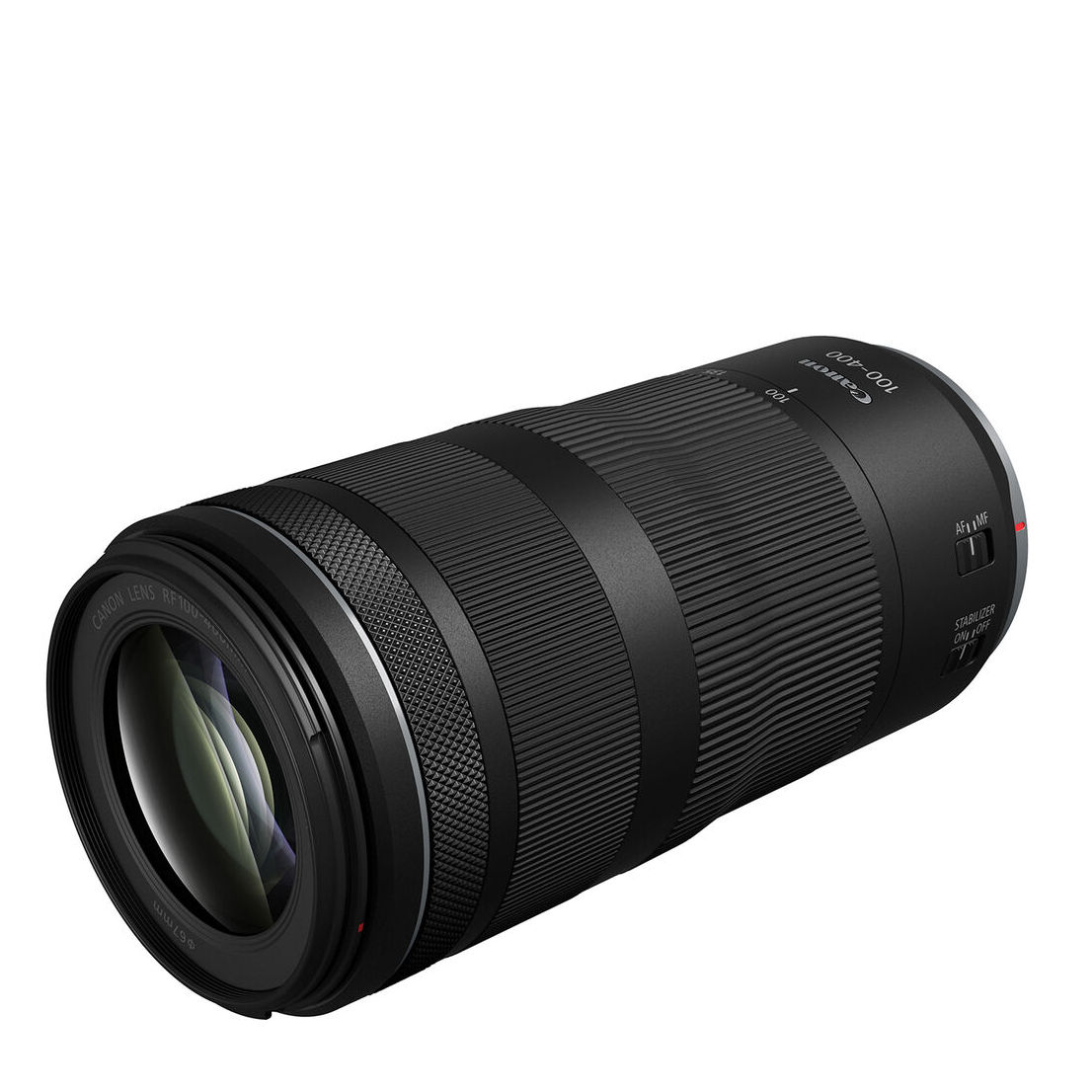
Autofocus is super-fast, image stabilization is highly effective and image quality is highly impressive in all respects. The aperture of f/8 is limiting, but it's an understandable trade-off.
Read more below
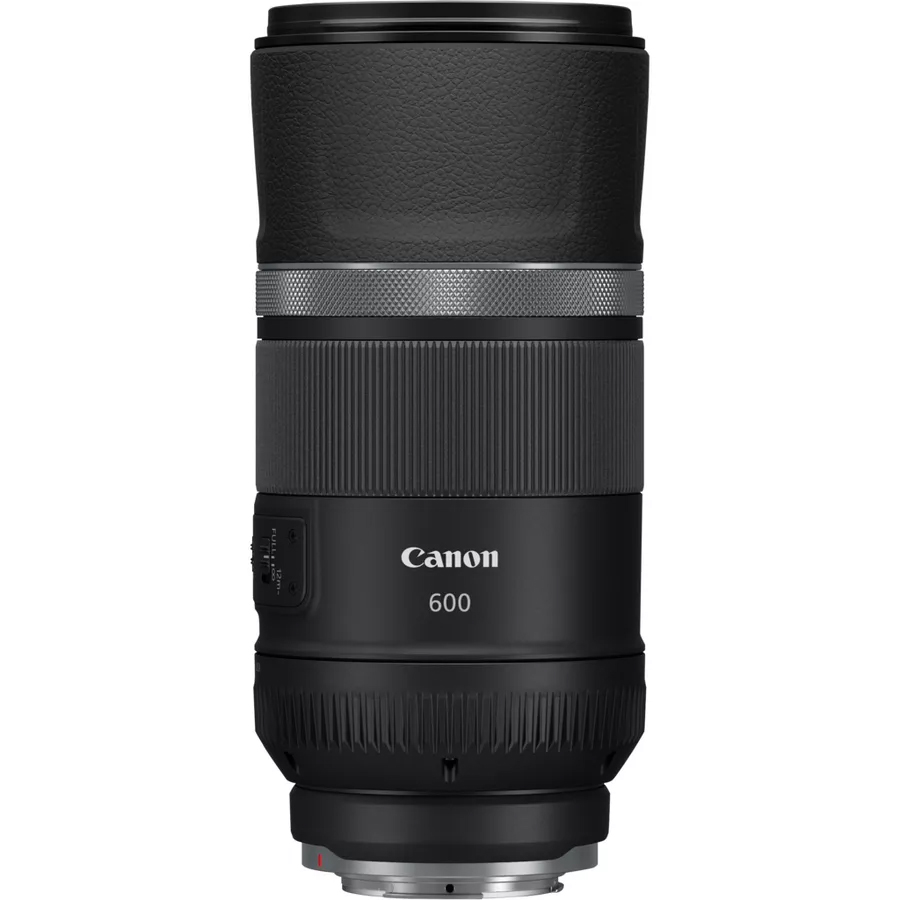
If you love the look of pro wildlife primes but can't countenance the cost, then this affordable lens with a fixed f/11 aperture might be the answer to your prayers. I was quite impressed with the image quality of this lens and its 800mm partner.
Read more below
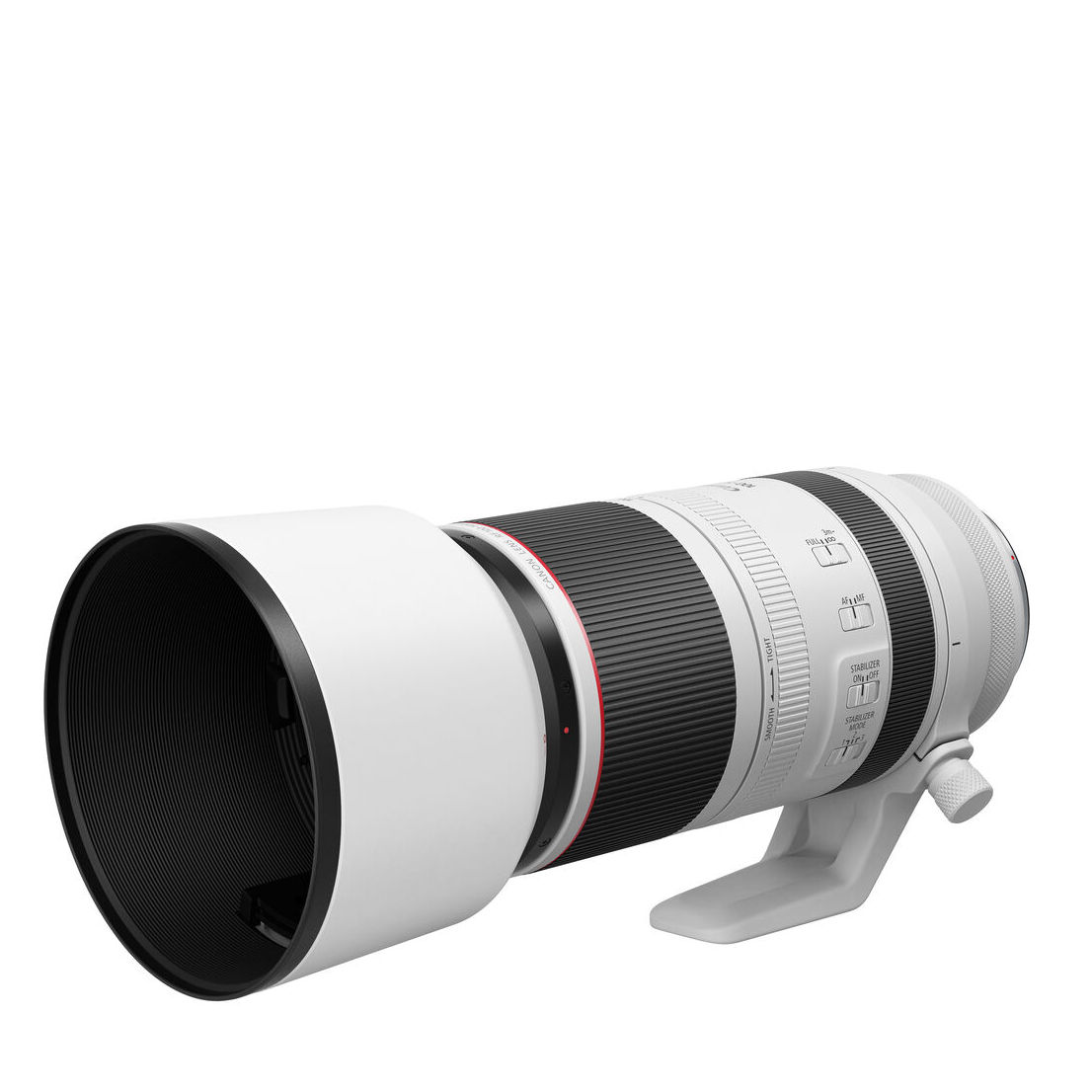
This RF lens picks up the baton from Canon's legendary pro-grade EF 100-400mm zoom, giving greater telephoto reach.
Read more below
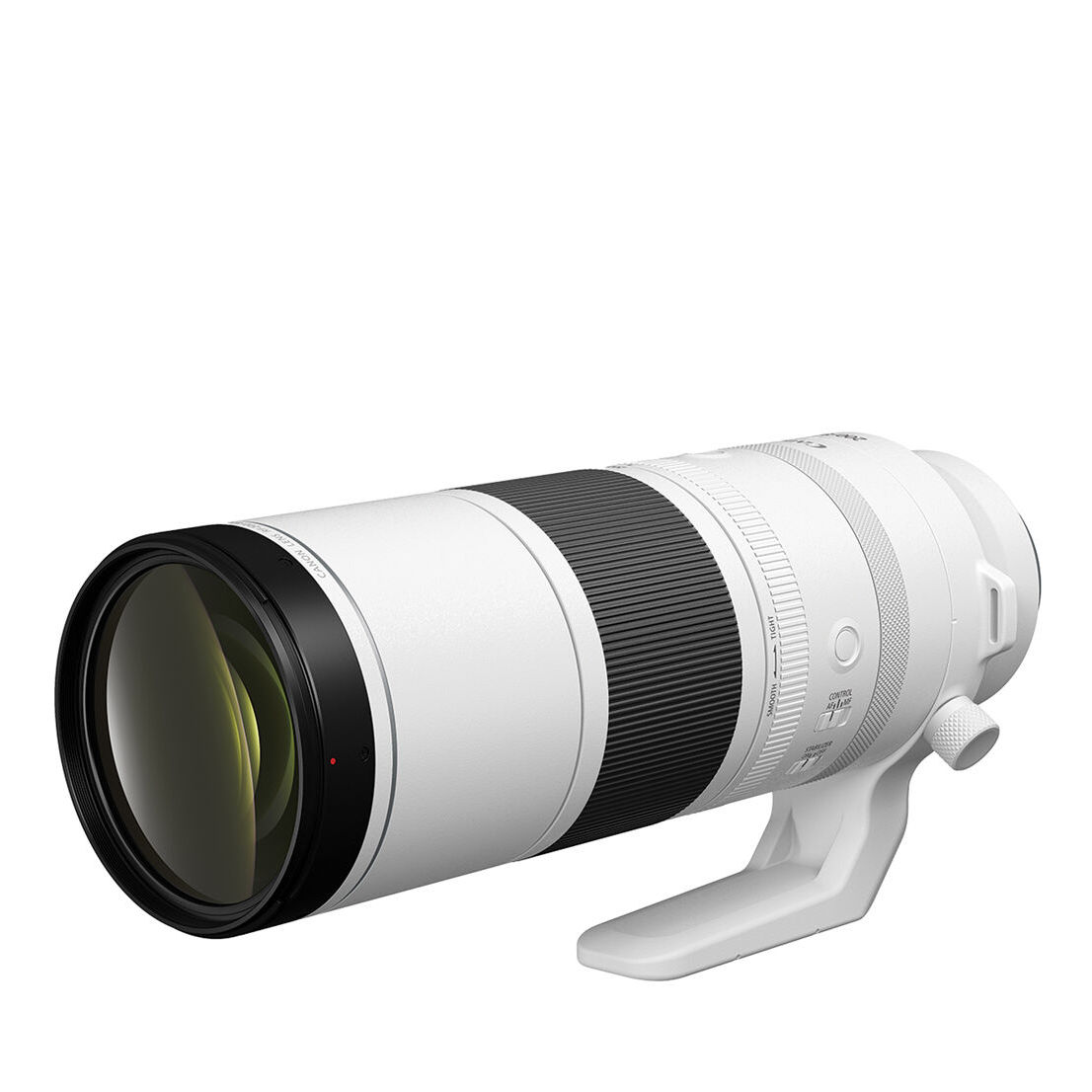
Just how much reach do you need? I'm impressed that this RF lens really covers the distance and more besides, with its epic zoom range.
Read more below

I found this little superzoom very impressive, especially at the telephoto end. It focuses fast, the stabilization works well.
Read more below
View the full list ⤵
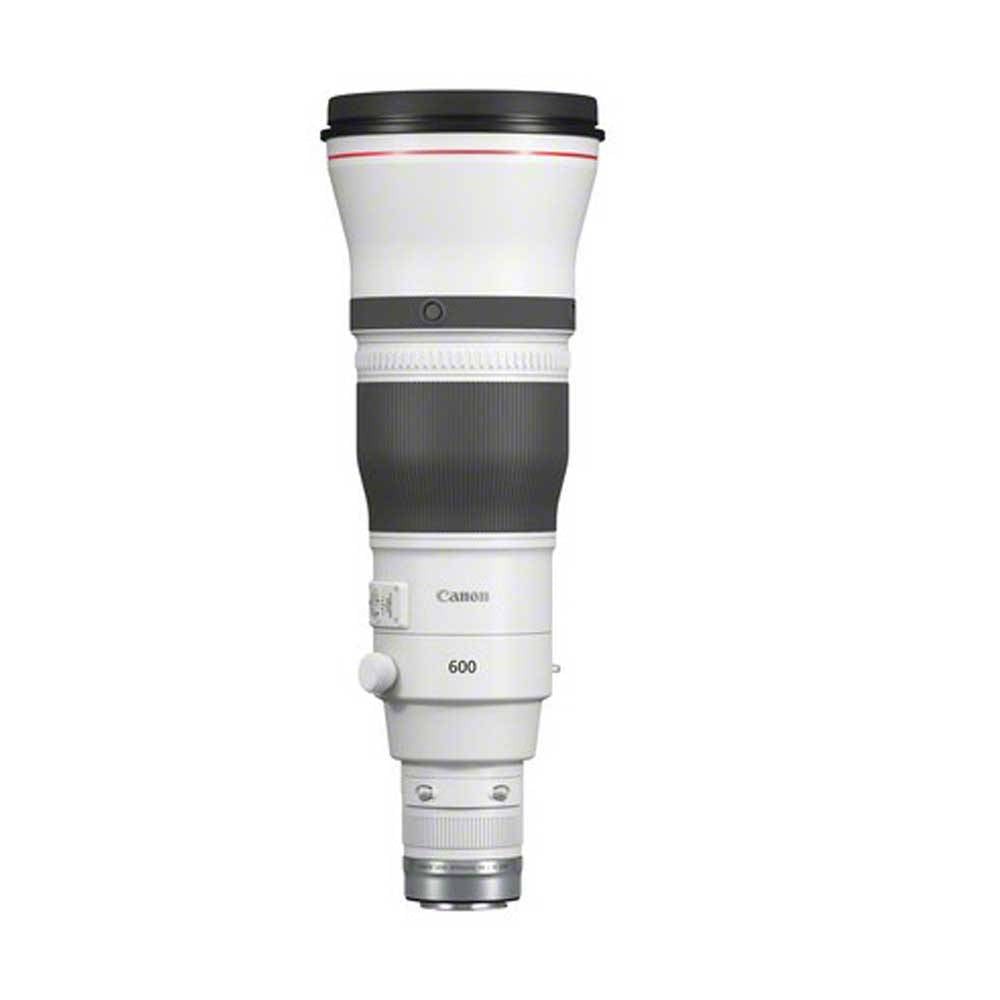
This high-performing professional telephoto is the best wildlife lens Canon has on the books.
Read more below
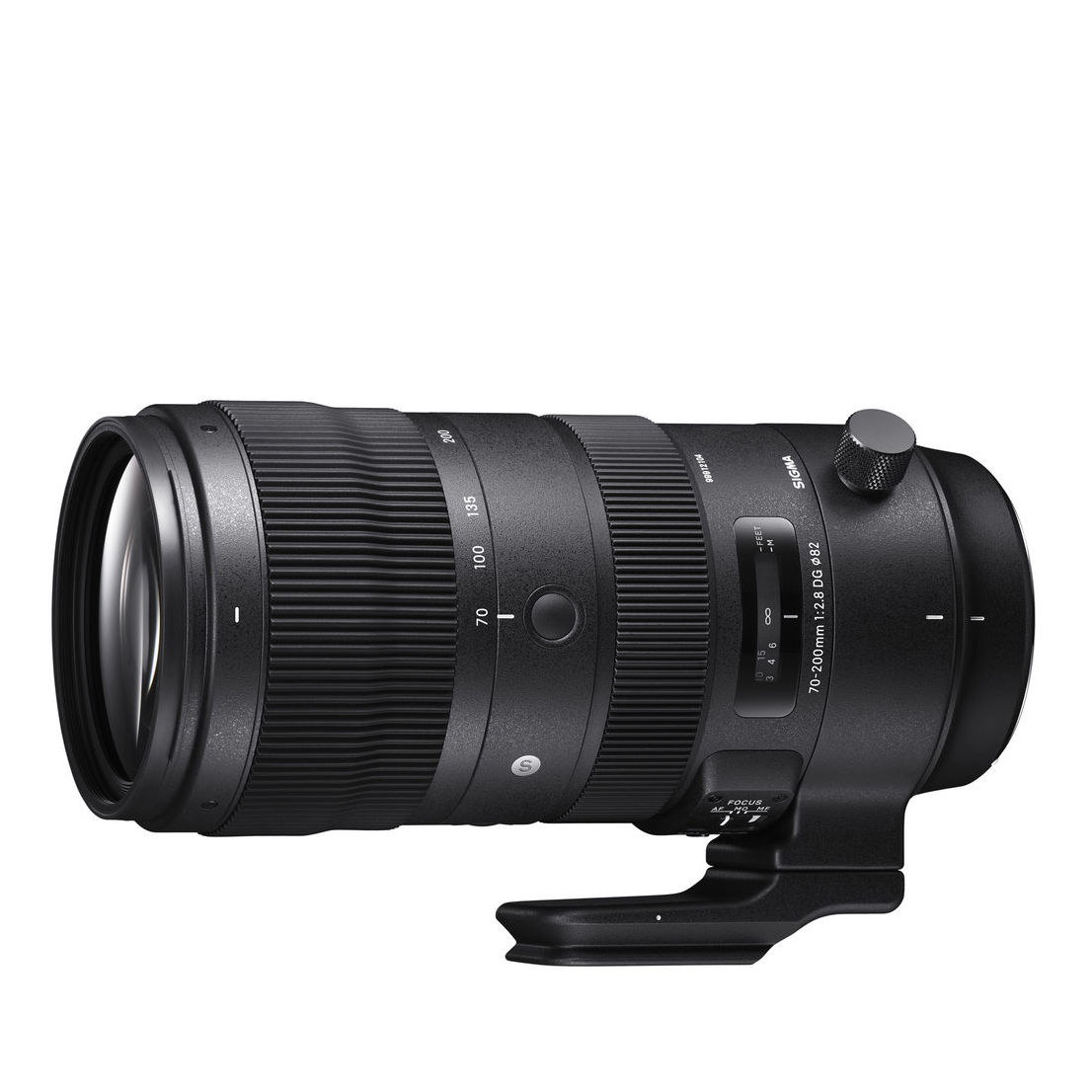
Funnily enough, my favorite Canon 'trinity' 70-200mm f/2.8 zoom isn't made by Canon at all, since Sigma launched this amazing Sports lens.
Read more below
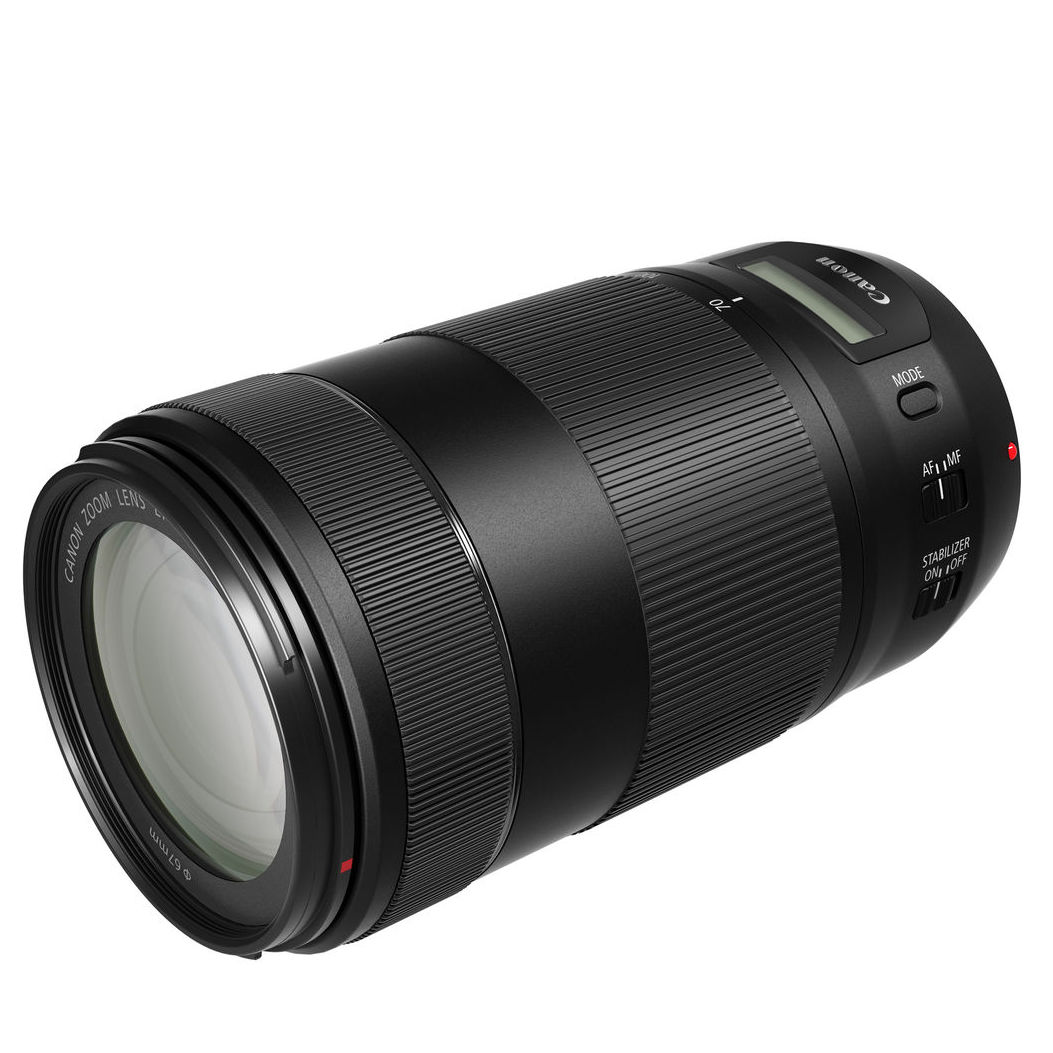
A popular choice among wildlife and sports photographers using Canon DSLRs, with high-end handling and excellent performance.
Read more below
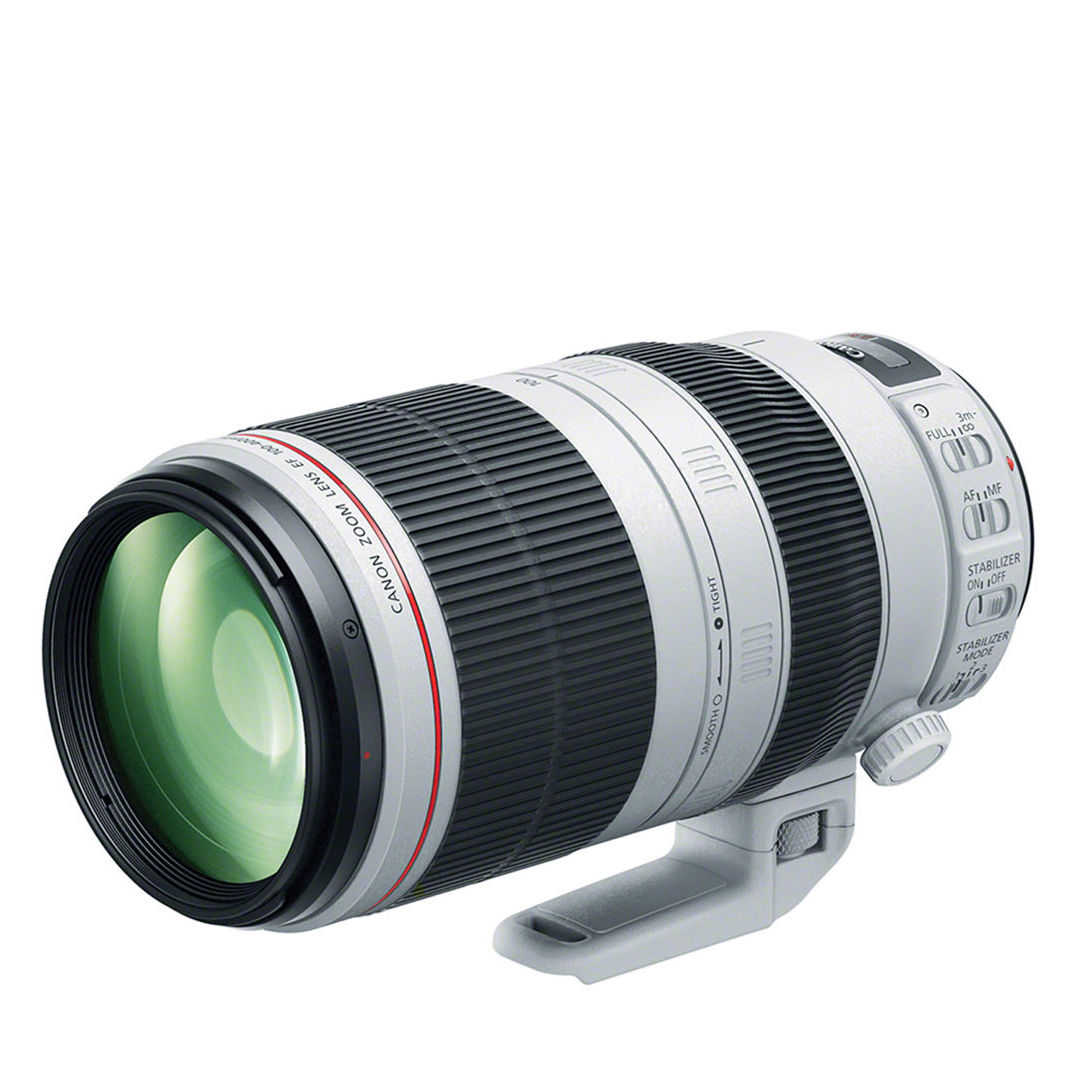
The Mark II edition of this veteran and highly popular lens is the rebirth of a classic, with better handling and all-round performance.
Read more below
Best Canon telephoto lenses
Why you can trust Digital Camera World
Best Canon telephoto lenses for RF mount
I'm starting out with the best RF-mount lenses – these are exclusively made to fit Canon's newer EOS R mirrorless cameras, both full-frame and APS-C. It's here that you'll find the newest and most advanced lenses, including some interesting new options.
Best RF trinity zoom
Specifications
Reasons to buy
Reasons to avoid
Unlike most constant-aperture 70-200mm zooms, this Canon lens for EOS R-series cameras has an inner barrel that extends at longer zoom settings. Typical drawbacks are an increased likelihood of dust being sucked into the lens and the danger of zoom creep. On the plus side, it enables a particularly small stowage size for this class of lens, and it’s relatively lightweight as well, in keeping with EOS mirrorless full-frame cameras. It’s pricey to buy but high-end attractions include super-fast and silent Dual Nano USM autofocus, 5-stop optical image stabilization, a customizable control ring, and typically pro-grade L-series build quality. Image quality is superb with fabulous sharpness and minimal aberrations.
Read our full Canon RF 70-200mm f/2.8L IS USM review for more details
Best value RF zoom
Specifications
Reasons to buy
Reasons to avoid
The Canon RF 100-400mm f/5.6-8 IS USM is designed for EOS R-series full-frame bodies, on which it’s an excellent fit, making for a slimline and easily manageable overall package.
Autofocus is super-fast, image stabilization is highly effective and image quality is highly impressive in all respects. The aperture rating of f/8 will be limiting if you need a lens to shoot in low light, but that’s the price you pay for the conveniently downsized design – and the actual price is sensible as well.
Read our full Canon RF 100-400mm F5.6-8 IS USM review for more details
Best value RF prime
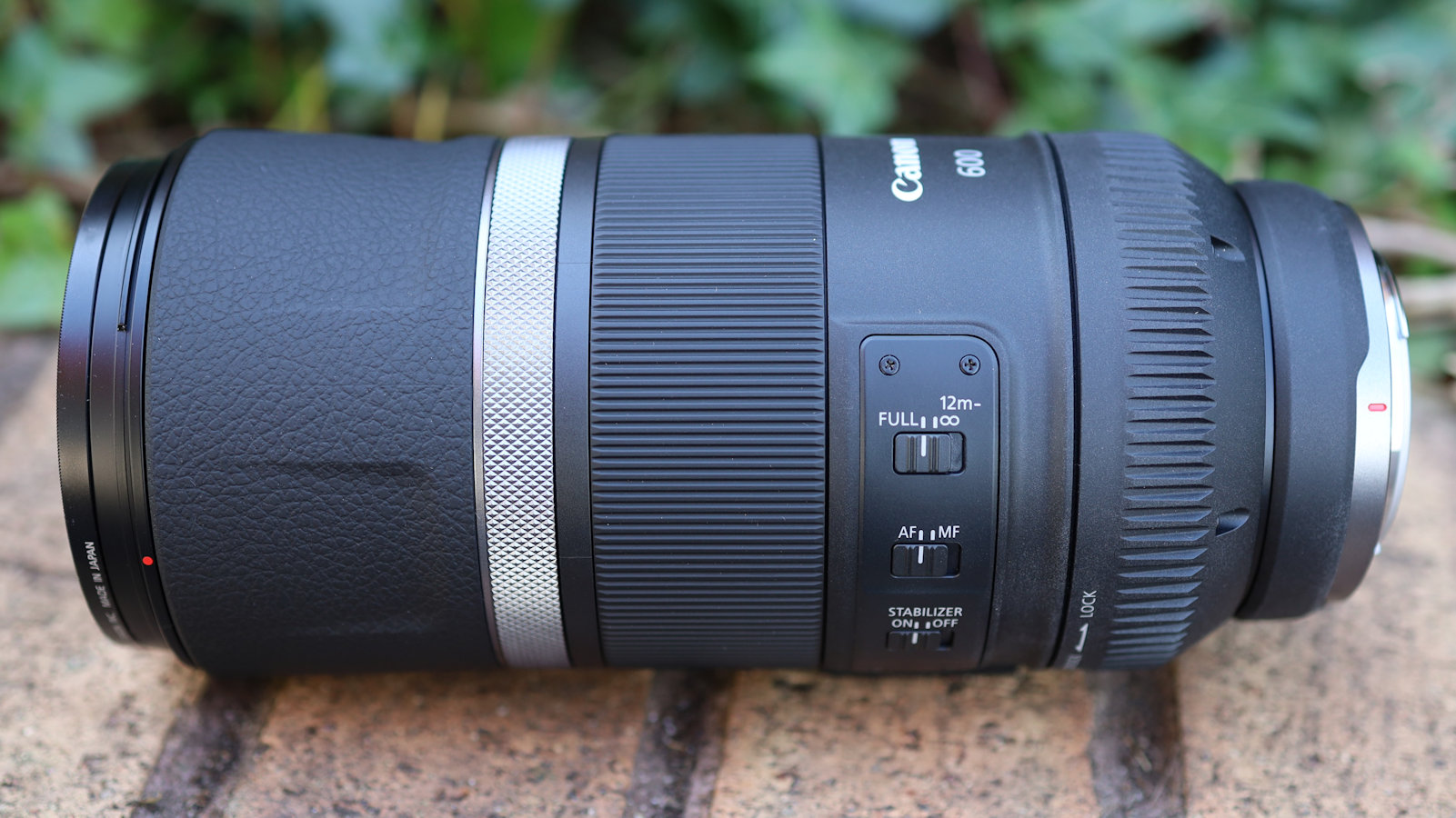
Specifications
Reasons to buy
Reasons to avoid
Usually, long telephoto prime lenses are priced at a level putting them well out of reach of the average photographer – five-figure price tags are the norm. However, Canon cleverly bucked the trend with a pair of fixed-aperture prime lenses, this RF 600mm f/11 IS STM, and its more expensive (but still incredibly good value) partner, the Canon RF 800mm f/11 IS STM.
Using ‘diffractive optics’ and a retractable design to shave off as much weight as possible, this lens is also incredibly lightweight for a powerful telephoto prime. It's easily light enough for extended handheld shooting – something that is further aided by the inclusion of an optical stabiliser. Yes, shooting at f/11 and only f/11 does take some getting used to – but for daytime photography, it's perfectly fine, and the super-telephoto focal length means it's still plentifully possible to achieve crisp separation of subject and background. For Canon-using wildlife photographers on a budget, this lens or its 800mm counterpart are definitely ones to consider.
Read our full Canon RF 600mm f/11 IS STM review for more.
Best RF super-telephoto
Specifications
Reasons to buy
Reasons to avoid
The Canon RF 100-500mm is a superb addition to the rapidly expanding range of RF-mount lenses. It combines Canon's legendary L-series build quality with premium optical performance that's up there with the very best Canon zooms we've tested. There is, however, a catch; to really get the most from the AF system – especially for accurate action shots – you’ll need to employ the amazing AF and IBIS on the Canon EOS R5 or Canon EOS R6. Shoot with this lens on the older Canon EOS R or Canon EOS RP and you can expect AF to be noticeably more sluggish, which is somewhat disappointing when you've just dropped big money on a lens like this.
Read our full Canon RF 100-500mm F4.5-7.1L IS USM review for more details
Best RF ultra-telephoto
Specifications
Reasons to buy
Reasons to avoid
For a while it felt like Canon was staying out of the big telephoto superzoom fray – until the manufacturer jumped in two-footed with this stunner of a lens. The full-frame Canon RF 200-800mm f/6.3-9 IS USM achieves staggering reach – which can be bolstered by the 1.4x and 2x teleconverters if desired – while maintaining impressive optical quality, with just a little softness creeping in right at the outer edges of the zoom. It weighs just over 2kg, which for a lens of its type is not bad, and puts handheld shooting into play. Compromises do have to be made, of course, and the narrow maximum aperture does mean that you'll need to push the ISO when light levels get even slightly low, as we found in our review.
Read our full Canon RF 200-800mm f/6.3-9 IS USM review for the full picture.
Best RF travel zoom
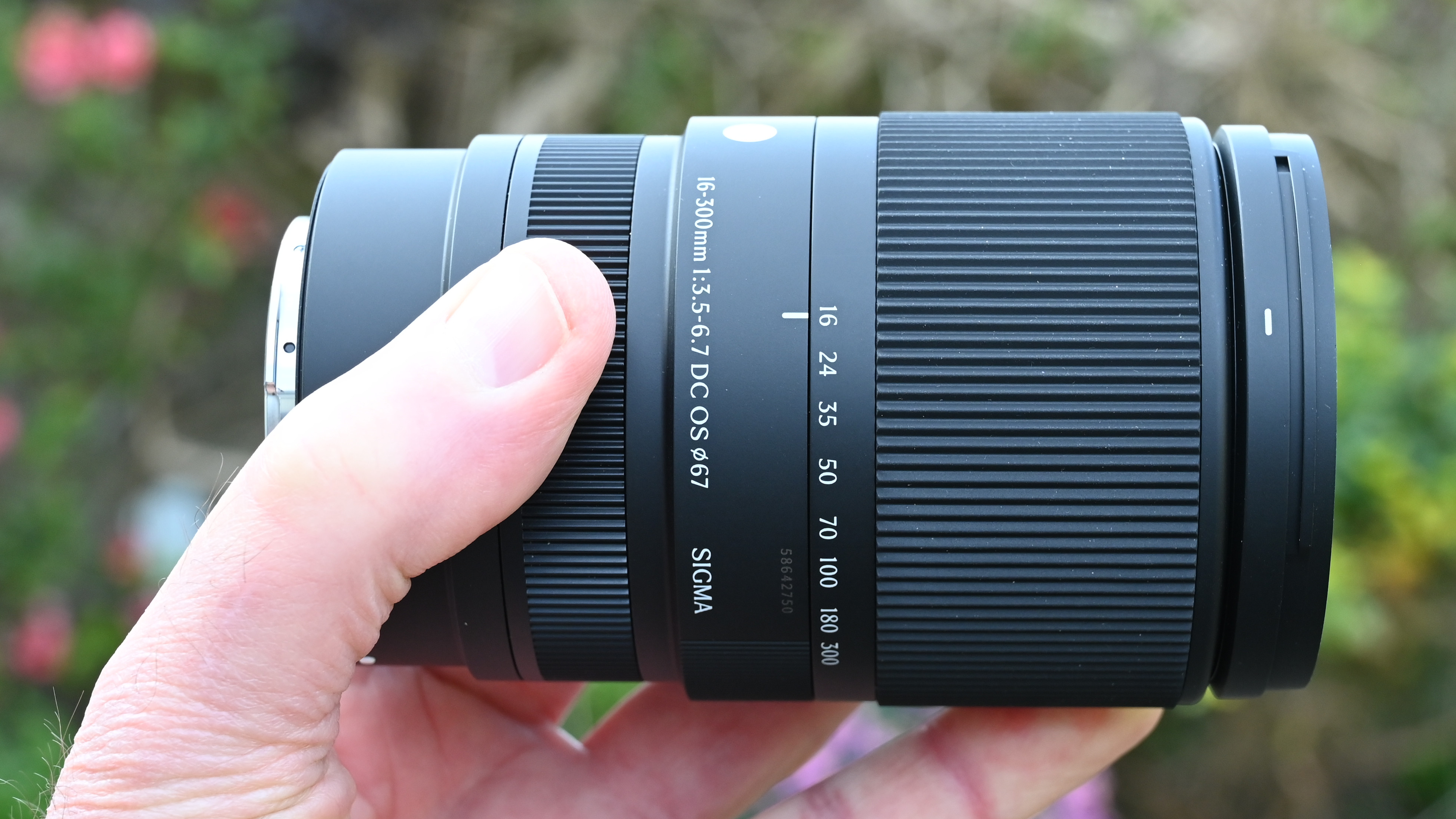
Specifications
Reasons to buy
Reasons to avoid
Available for APS-C (RF-S) Canon mirrorless cameras, this Sigma lens is one that has really impressed me recently. Covering a huge 18.75x zoom range but weighing just 615g, it's perhaps the perfect walkabout lens – an ideal choice when you want to be able to cover all different types of shots at once. Its sophisticated optical design aims to limit the compromises in terms of image quality that superzooms are normally forced to make, and while it's not a patch on a high-end prime, it's pretty darn good.
I was impressed with levels of sharpness and clarity delivered by the lens. It's at its weakest at the wide-angle end – and since we're looking at telephotos here, that's something we can live with! Sigma’s latest OS2 optical stabilization system is present and correct, and is arguably much more essential than the systems on the full-frame lenses, since APS-C Canon bodies tend not to have stabilization of their own. Plus, with 0.5x magnification at the 70mm setting, the Sigma 16-300mm f/3.5-6.7 DC OS | C also functions as a fairly credible macro lens. A true all-rounder – I'm very impressed.
Read our full Sigma 16-300mm f/3.5-6.7 DC OS | C review to look closer.
Best RF pro telephoto

Specifications
Reasons to buy
Reasons to avoid
Naturally, the price tag of this lens is going to instantly put it out of reach of the majority of photographers. However, if you've got a professional's budget, and you're looking for the best telephoto lens you can get for Canon mirrorless cameras, the combination of superb reach and large aperture make this lens a winning proposition. We've tested it, and it really is just scintillatingly sharp, right across the frame.
Our professional wildlife photographer reviewer Owen Eaton also noted that the lens is surprisingly light for an optic of its class, to the point where it's even lighter than his old faithful DSLR lens, the Canon EF 300mm f/2.8 IS USM. The lens delivers snappy autofocus, and its high resolving power provides plenty of latitude for losslessly cropping into images to extend that crazy telephoto reach even further.
Even if you can't afford this lens, it could well be worth hiring for a day's shoot if you've got some once-in-a-lifetime subjects lined up. It's a big boy that requires some careful handling, but it really is the top of the class for Canon EOS R shooters.
Read our full Canon RF 600mm f/4L IS USM review for the full picture.
Best Canon telephoto lenses for EF mount
Read on as I cover the most impressive telephoto lenses for Canon's venerable EF DSLR mount. Remember that these lenses can also be used on EOS R mirrorless cameras via the EF-EOS R adapters, so the choices in this section aren't necessarily just for DSLR users.
Best EF trinity zoom
Specifications
Reasons to buy
Reasons to avoid
Sigma really pushed the boat out when designing this fast, constant-aperture zoom. From the ‘Sports’ line-up of Global Vision lenses, it goes large on speed and performance, as well as physical size. Autofocus is courtesy of a rapid ring-type ultrasonic system, and comes complete with AF on/hold buttons on the barrel, the action of which can be customized in recent mid-range and up-market Canon DSLRs.
The full range of automatic lens aberration corrections is also available, and two switchable dedicated custom modes can be set up with Sigma’s optional USB Dock. The lens is super-sharp even when shooting wide-open, helped in real terms by a highly effective optical stabilizer. The only real downsides are that it’s big and weighty for a 70-200mm zoom, and only the tripod mounting foot is removable (via four Allen screws) rather than the complete mounting ring.
Read our full Sigma 70-200mm f/2.8 DG OS HSM | S review for more details
Best value EF zoom
Specifications
Reasons to buy
Reasons to avoid
A massive improvement over the original Canon 70-300mm IS USM, this Canon EF 70-300mm f/4-5.6 IS II USM has a much faster Nano USM autofocus system that’s virtually silent, yet gives smooth transitions for video capture.
It’s like the best of ultrasonic and stepping motor systems rolled into one and, unlike in the previous lens, the focus ring no longer rotates during autofocus. The image stabilizer is also much improved, with a 4-stop rating, and image quality is much sharper with better contrast.
Another nice touch is that there’s an LCD screen on the barrel with a pushbutton for cycling through display modes. These include focus distance and depth of field, effective focal length on an APS-C format camera, and the current level of vibration.
Shockingly the lens hood for this lens is sold separately - but save yourself money by buying a third-party version, which is much better value than the Canon ET-74B original.
Read our full Canon EF 70-300mm f/4-5.6 IS II USM review for more details
Best EF super-telephoto
Specifications
Reasons to buy
Reasons to avoid
At around twice the price of the Sigma and Tamron 100-400mm lenses on the market, the Canon EF 100-400mm f/4.5-5.6L IS II USM is a more substantial proposition. It’s about 50 percent weightier, comes complete with a tripod mounting ring, and has Canon’s typical L-series pro-grade build quality and weather seals. The Mark II edition of the lens ditches the trombone-style push-pull zoom mechanism and adopts a more conventional twist ring.
However, it still incorporates the adjustable friction damper for the zoom mechanism, as featured on the original lens, which helps to avoid zoom creep. The top-class glass includes fluorite and Super UD (Ultra-low Dispersion) elements, along with ASC (Air Sphere Coating) to minimize ghosting and flare, and fluorine coatings on the front and rear elements. There’s a 4-stop triple-mode image stabilizer and very fast autofocus. All in all, it’s a better lens than the original edition in every respect.
Read our full Canon EF 100-400mm f/4.5-5.6 L IS II USM review for more details
Lab data and comparisons
The graphs below show the comparative performance of the lenses in this guide, based on our in-house lab tests. As expected, the premium Canon RF 70-200mm and 100-500mm L-series lenses lead the way for sharpness, although the EF-mount Canon and Sigma lenses still do pretty well. All of the lenses in the group do quite well to minimize distortions and color fringing.
Scores for sharpness and color fringing are averaged from data taken across the entire image frame, from the center to the edges and corners, throughout the aperture range. For zoom lenses, the scores are also averaged from data measured at all marked focal lengths, and the same applies to distortion. Bear in mind that these average values don't fully reflect specific areas of performance. For example, a zoom lens might have noticeable barrel and pincushion distortion at its shortest and longest focal lengths respectively, which tends to average out when looking at the data overall. For more detailed graphs of each lens's performance, which give the full picture, check out the graphs in our full standalone lens reviews.
How to choose the best Canon telephoto lenses
If you're a serious wildlife or sports photographer then owning a telephoto lens is a must. Telephotos cover a range of common focal lengths, including 70-200mm lenses and 150-600mm lenses, but they all enable you to pick out finer details in the distance and still produce a sharp, clear image. Using a zoom lens also means you don't have to be too close to your subject which is perfect when you're shooting wildlife and you don't want to scare animals away.
Likewise, if you're a sports photographer you'll often be in a defined area so you'll want to make sure you can still capture some great pictures, even if you're on the far side of the track, pitch, or court.
Telephoto lenses have many uses and are great for producing different perspectives to wider options. They have a lot less distortion which makes them great for picking out details in a landscape and the longer focal lengths enable you to achieve greater separation between your subject and background. For this reason, portrait photographers will shoot with a telephoto lens so that they have a beautifully blurred background in their image.
So how do you choose the best camera lenses for you? While there are some incredible Canon lenses, lots of third-party brands such as Tamron or Sigma make equally good lenses that are more affordable. Take the Canon EF 70-200 f/2.8L IS III, for example; it's a professional lens for DSLR photographers but costs $2699/£2000, whereas the equivalent Tamron SP 70-200mm f/2.8 Di VC USD G2 weighs less and is half the price.
How we test lenses
We test lenses using both real-world sample images and lab tests. Our lab tests are carried out scientifically in controlled conditions using the Imatest testing suite, which consists of custom charts and analysis software that measures resolution in line widths/picture height, a measurement widely used in lens and camera testing. We find the combination of lab and real-world testing works best, as each reveals different qualities and characteristics. More on how we test and review here.
Compare prices
The best camera deals, reviews, product advice, and unmissable photography news, direct to your inbox!
Matthew Richards is a photographer and journalist who has spent years using and reviewing all manner of photo gear. He is Digital Camera World's principal lens reviewer – and has tested more primes and zooms than most people have had hot dinners!
His expertise with equipment doesn’t end there, though. He is also an encyclopedia when it comes to all manner of cameras, camera holsters and bags, flashguns, tripods and heads, printers, papers and inks, and just about anything imaging-related.
In an earlier life he was a broadcast engineer at the BBC, as well as a former editor of PC Guide.
